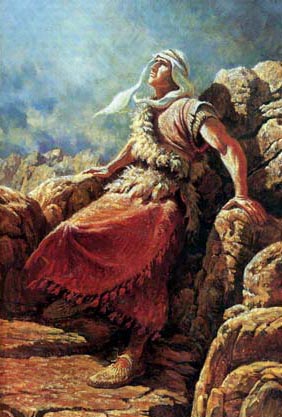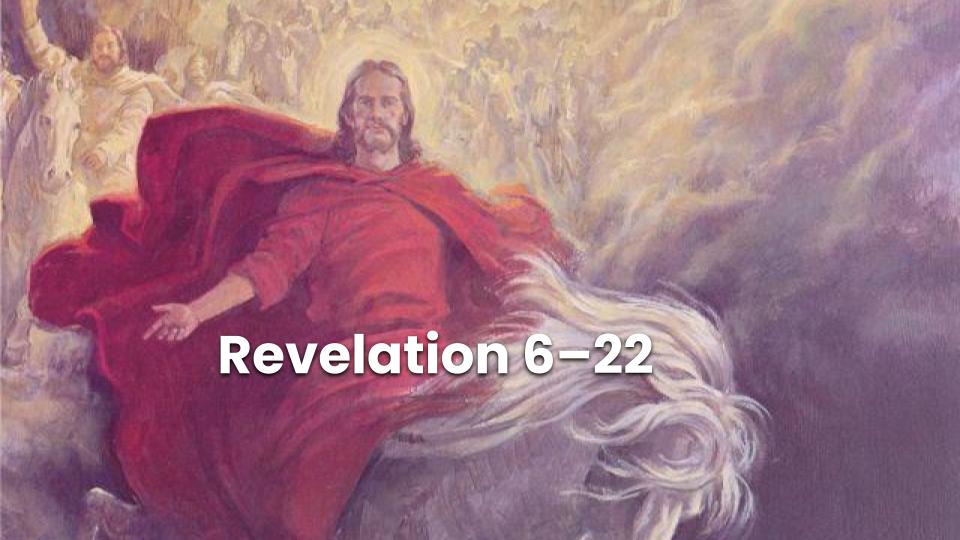I have long been fascinated by the nature of the interaction between the Spirit of the Lord and Nephi found in chapters 11 through 14 of 1 Nephi…You may want to study these chapters in greater depth and learn from and about Nephi’s learning.
A great exercise for both learner and teachers is to carefully read these chapters, specifically looking for what they tell us about how to improve our learning and teaching.
I wrote an article about what I’ve discovered from these chapters, and you can download it for free here. But more valuable than reading what I’ve learned will be to discover for yourself how Nephi models being a great learner, and how the angel who instructs him models being a great teacher. Here’s one example:
One of the most obvious elements of the interaction between Nephi and the angel is the frequent exhortation to look. As stated previously, the Spirit twice instructs Nephi to look (1 Nephi 11:8, 12), and the angel tells Nephi to look an additional eleven times (1 Nephi 11: 19, 24, 26, 30, 31, 32; 12:1, 11; 13:1; 14:9, 18). In each instance, Nephi looks.
The angel also tells Nephi to “behold” on eight additional occasions (1 Nephi 11:35; 12:14, 16, 22; 13:5, 8, 11, 23), and Nephi looks or beholds. Because the word “behold” means “to fix the eyes upon; to see with attention; to observe with care,” this instruction can be seen as additional encouragement to look. Thus combined, there are twenty-one times that Nephi explicitly says “I looked” or “I beheld” in response to the Spirit’s or the angel’s injunction to look or behold. To have twenty-one such occurrences in such a brief encounter cannot be inconsequential. What principles of teaching and learning can be drawn from this frequent exhortation to look?
There are at least two obvious answers. First, Nephi looked every time that he was instructed to look. He was not distracted by text messaging or some other way of not paying attention. He was fully engaged, and he looked when he was instructed to do so. This is an important lesson for learners. Seminary students who open their scriptures and look at the verses their teachers point out will generally learn significantly more than students who do not look. Nephi continually acted as an agent by asking for further enlightenment and by choosing to look.
Second, much of what of the angel did was point Nephi to interesting things to look at so that Nephi could begin to make meaning out of them. A general pattern that appears in 1 Nephi 11 is that the angel shows Nephi something, Nephi tells us what he saw, and then he and the angel discuss it.
How could a religious educator facilitate a similar teaching environment? One answer could be to invite students to look at scripture text and make their own meaning of it, as opposed to simply telling them about the scripture text. For example, there are several powerful phrases in nearly every chapter of the Book of Mormon. A teacher could invite students to look at specific verses in a given chapter and find phrases that stand out as meaningful to them.
You can read more of my thoughts on1 Nephi 11-14 here. Will you take the opportunity to study 1 Nephi 11-14 and make your own discoveries about learning and teaching? I’d love to hear what you discover about learning and teaching from 1 Nephi 11-14.
Sign up to receive monthly emails with more posts like this one.






